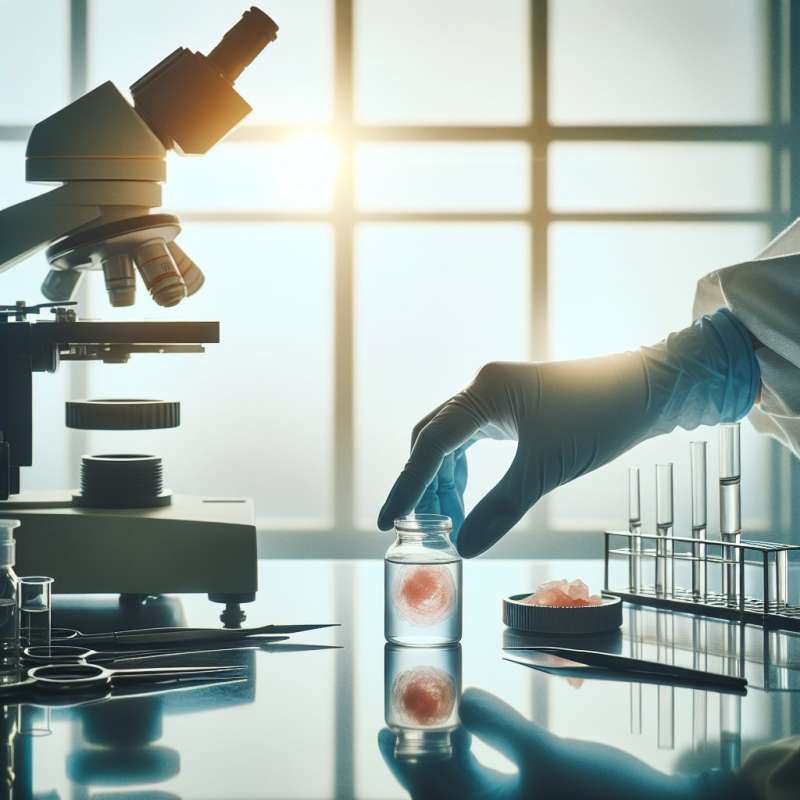
Specimen Types Overview
Different tests require various specimens: blood, urine, saliva, tissues, and other bodily fluids. Each type has unique handling protocols to preserve specimen integrity and ensure accurate test results.
Blood Collection Essentials
Venipuncture is the most common method for blood collection. It is crucial to mix anticoagulants immediately after collection to prevent clotting. Blood must be stored at appropriate temperatures to maintain its properties.
Urine Sample Precision
Midstream urine collection minimizes contamination. Patients should be provided with clear instructions to ensure the sample is not compromised. Temperature can affect test results, so prompt analysis is recommended.
Saliva Sampling Insights
Saliva collection requires stimulation without food or drink interference. It's a non-invasive method that can provide DNA, hormone, and antibody data. However, its composition can change throughout the day, affecting consistency.
Tissue Biopsy Nuances
Tissue biopsies are highly sensitive to degradation. They need immediate fixation to preserve cellular details. Techniques such as frozen sections can provide rapid results during surgical procedures.
Chain of Custody
Maintaining chain of custody is essential for legal cases. It involves detailed tracking of the specimen from collection to analysis, ensuring no tampering has occurred. This is critical for forensic pathology.
Unexpected Contaminants
Collection tools themselves can contaminate specimens. For example, non-sterile swabs may introduce bacteria, or latex gloves can release proteins that interfere with certain assays, highlighting the need for strict control measures.
What is crucial after blood collection?
Immediate temperature regulation
Mixing with anticoagulants
Rapid centrifugation
Company